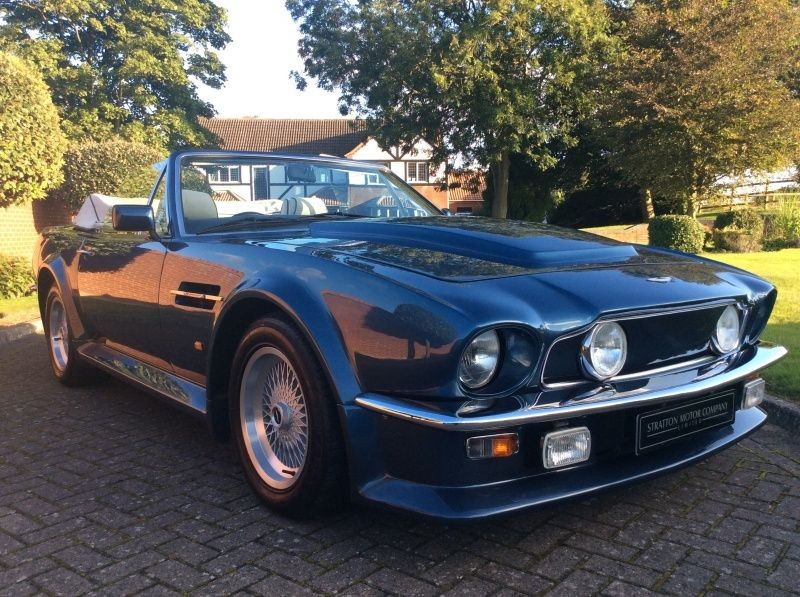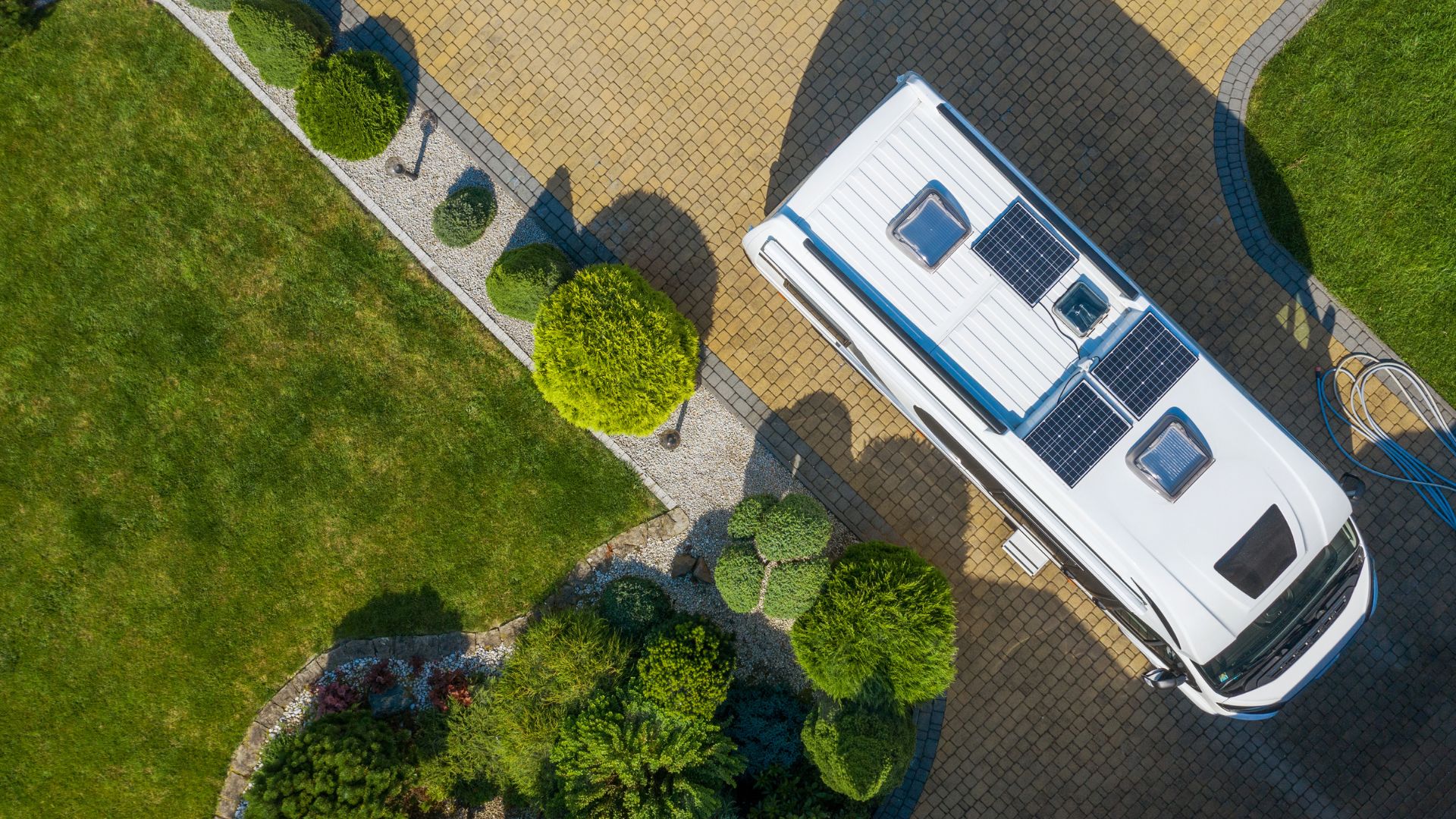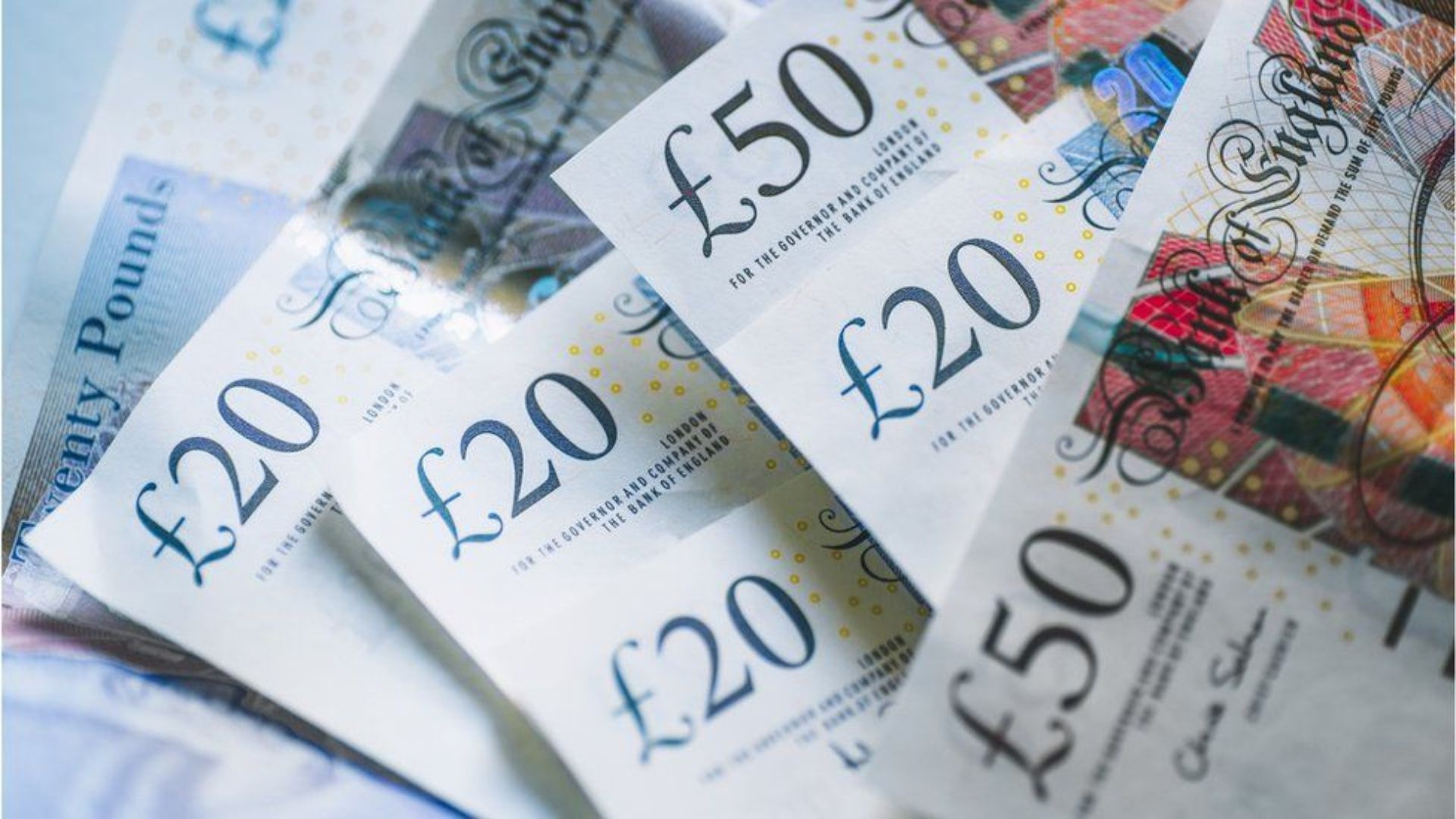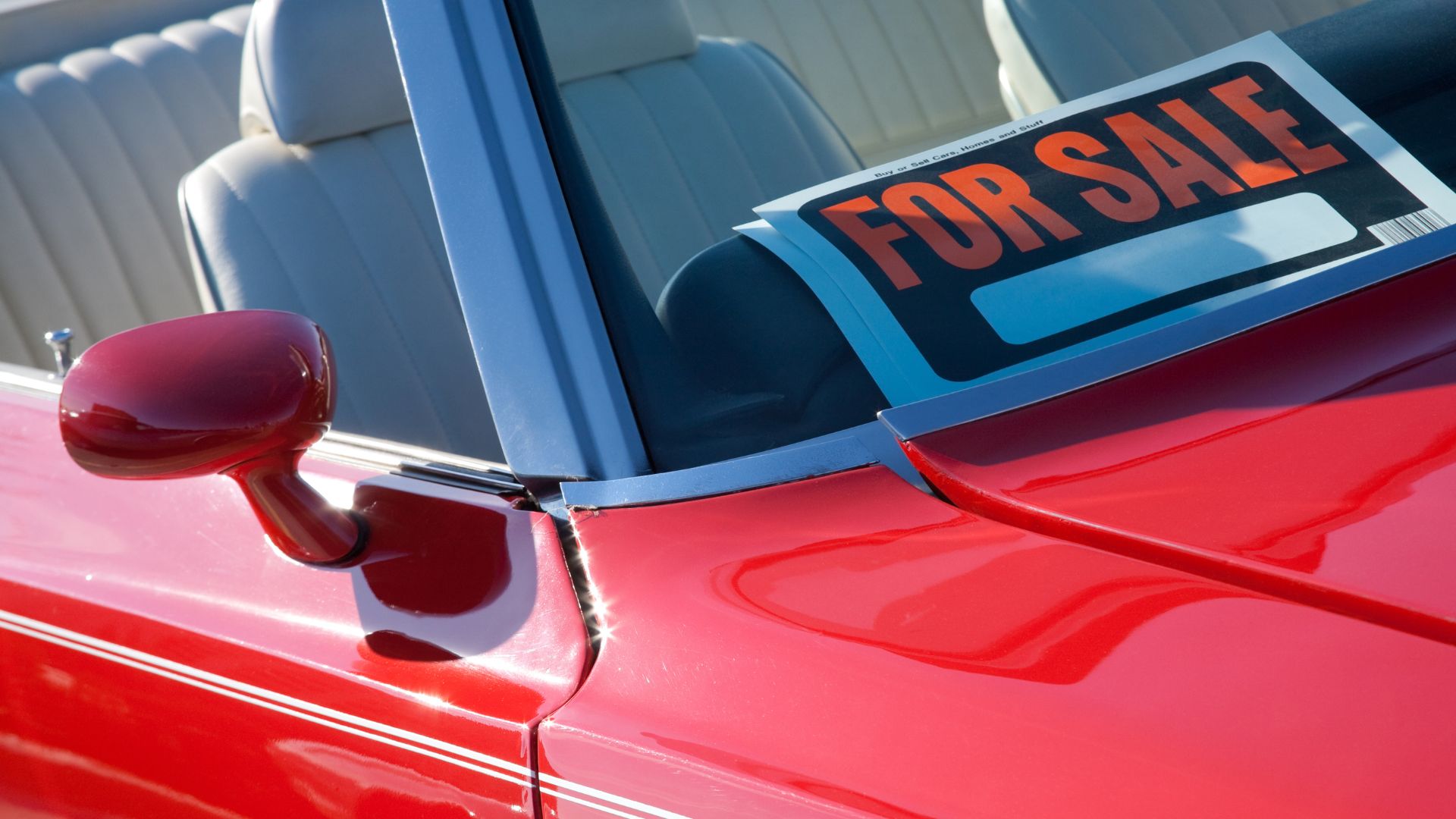Cleaning a vehicle is one of the most tedious parts of car ownership. But it is an integral part of maintaining it and keeping it at its best. How often should you clean your vintage vehicle? How do you maintain it? How can you make sure that the outside looks as good as the day you bought it?
Well, we have some answers for you! In this blog post, we will cover all aspects of detailing your classic car so that it stays in pristine condition and always looks like new.
Can You Go Through a Car Wash in a Classic Car?
Automatic car washes are notoriously rough on the paint and have been known to break anything protruding from the vehicle, such as mirrors, antennae etc. So, it’s best not to use these types of car washes if you have a classic or vintage vehicle.
You have no control over what is going into the wash in these car wash tunnels. Classic cars need gentler products.
Preparing to Detail Your Car
Your classic needs a little more care and attention than you may give a modern vehicle. Rather than just grabbing a bucket and sponge, we recommend taking the time to do a thorough job. Here are some of the things you may need.
- Wash mitts
- Two buckets (one to wash, one to rinse)
- Microfibre cloths
- Car shampoo
- Polish
- Wax
- Clay bar kit
Classic Car Washing Best Practices
Once you have your classic cleaning products, you should try to follow these best practice rules.
- Handwash your classic — As we mentioned above, you should not use an automated carwash to clean your pride and joy. We would also recommend avoiding pressure washer etc. too, as they can be harsh on delicate parts of the vehicle.
- Clean your classic car in the shade — Cleaning a car in direct sunlight can result in streaks and spots forming on the paintwork. This is due to the sun evaporating the car shampoo too quickly.
- Start at the top — This is logical; if you started at the bottom, the dirt from the top would just wash downwards onto the already cleaned areas.
How Do You Detail the Outside of a Classic Car?
Begin with a pre-wash. This process will help to remove any stubborn dirt from the vehicle prior to the main wash. Once that is done, the car is ready to be washed.
Use two buckets as we mentioned above, one for washing, the other for rinsing the vehicle. Wash the vehicle with your shampoo and wash mitt. Avoid putting your mitt to the bottom of the bucket as grit may come from the car, and you don’t want to be scratching the paintwork with it trapped in the mitt.
Use a separate mitt or a sponge to clean the wheels. Wash your mirrors, door sills, windows and underneath bumpers etc., to ensure they are clean to help prevent corrosion. Once the car has been fully soaped, it’s time to rinse it all off.
Clay bar
A fine clay bar kit can help to remove contamination from the paintwork. This process is slow but certainly very rewarding. Simply apply the clay to a panel of your vehicle and glide it over until you can feel that there is no more contamination on the surface.
Using water, work on small areas of the car’s panels at a time. Your hard work and effort will pay off. When finished, the paintwork will look much cleaner and be smoother to the touch.
Polish & Wax
The next step in the process is a hand polish. This will help make the paint shine and protect your classic from dirt. We don’t recommend using an electric polisher on a classic as it may quickly go through the paint layers.
If you have chrome brightwork, don’t forget to give that a polish too. The difference that can make is unexplainable. Seal in all of your hard work with wax.
How to Detail the Interior of a Classic Car
In the next section, we are going to talk about how you can detail your classic car’s interior. This part should take less time than the exterior.
Motors and various parts of a car produce oil, grease, dust and dirt that will get into carpets, upholstery or even under the dashboard over time. This is why detailing an older vehicle’s interior is so important.
Begin by removing any rubbish from the car. Use specialist detailing products rather than household cleaners which can be harsh. Dust the dashboard, instruments and centre console. Remember to clean the glass with a non-streak glass cleaner.
Next, move on to vacuuming to get up all the dust and dirt from the vehicle. Remember to run along with things like vents and between sweet runners. Hoover the seats also, and if you have leather, you could treat the seats to a nice wax to keep them supple and prevent cracking.
Classics get less use than a daily runner. Owners tend to clean them after long outings or before and after periods of storage. How often you clean and detail your classic will be down to you. Just remember that dirt and grime can lead to corrosion, so it’s in your best interests to keep it clean.







Leave A Comment